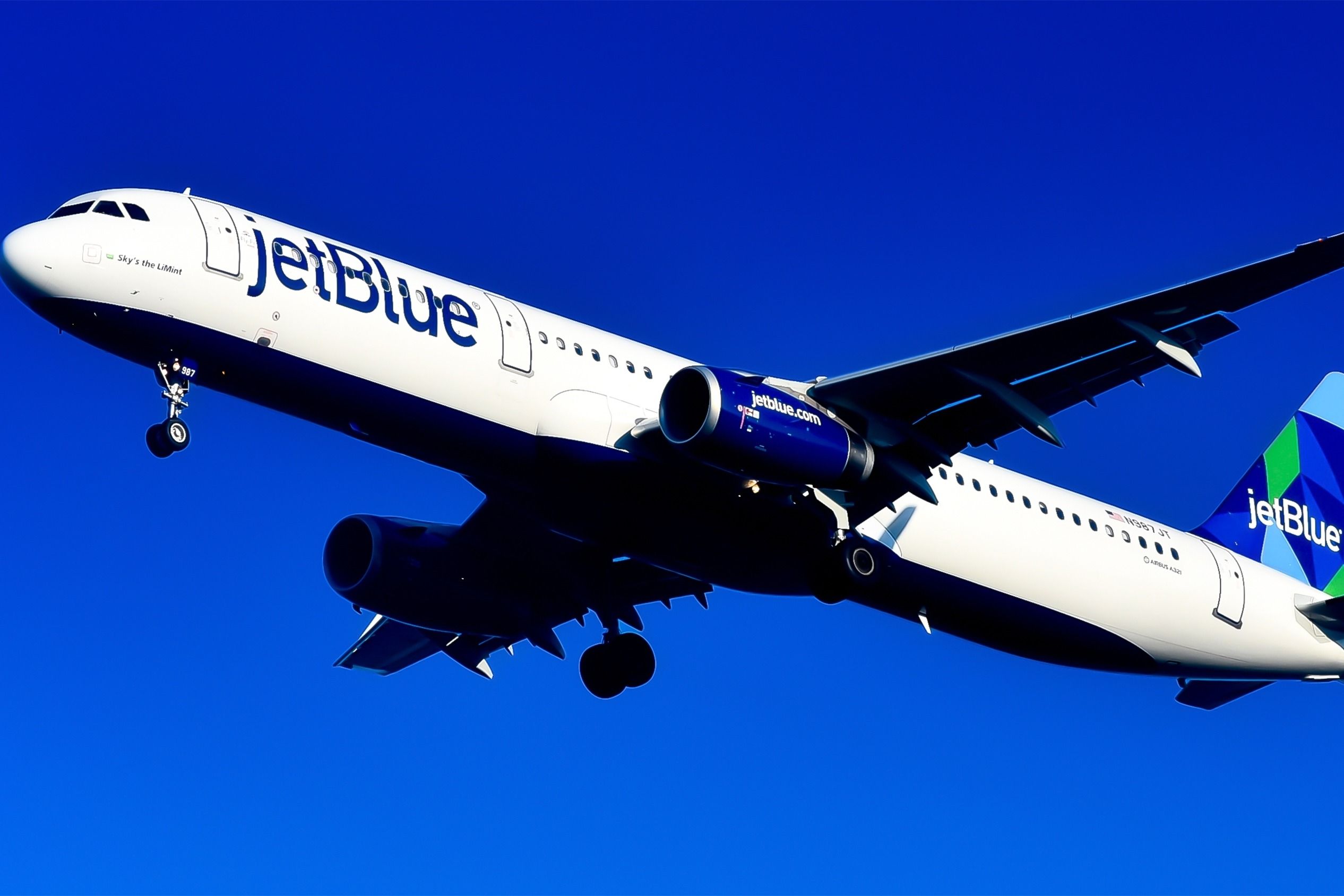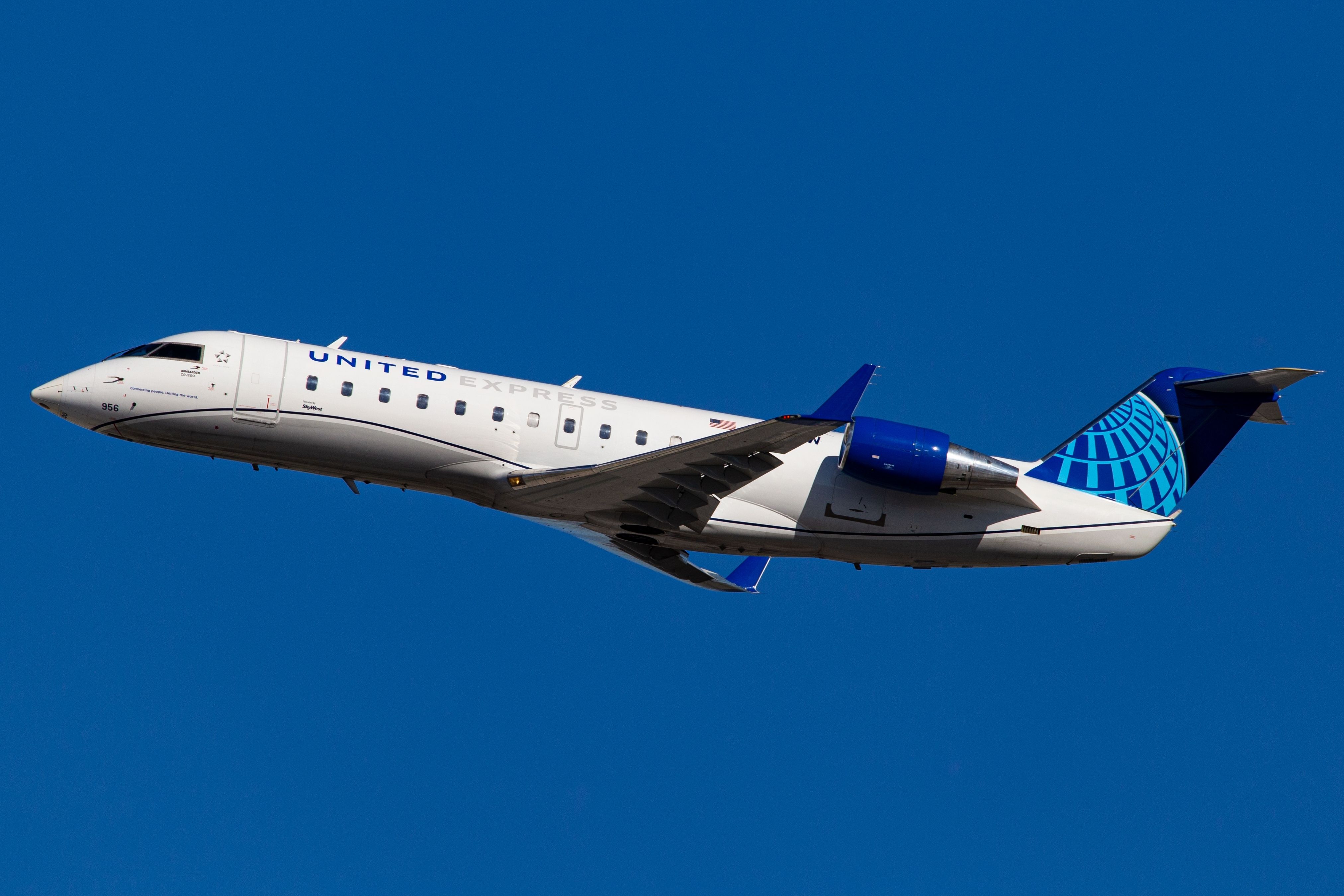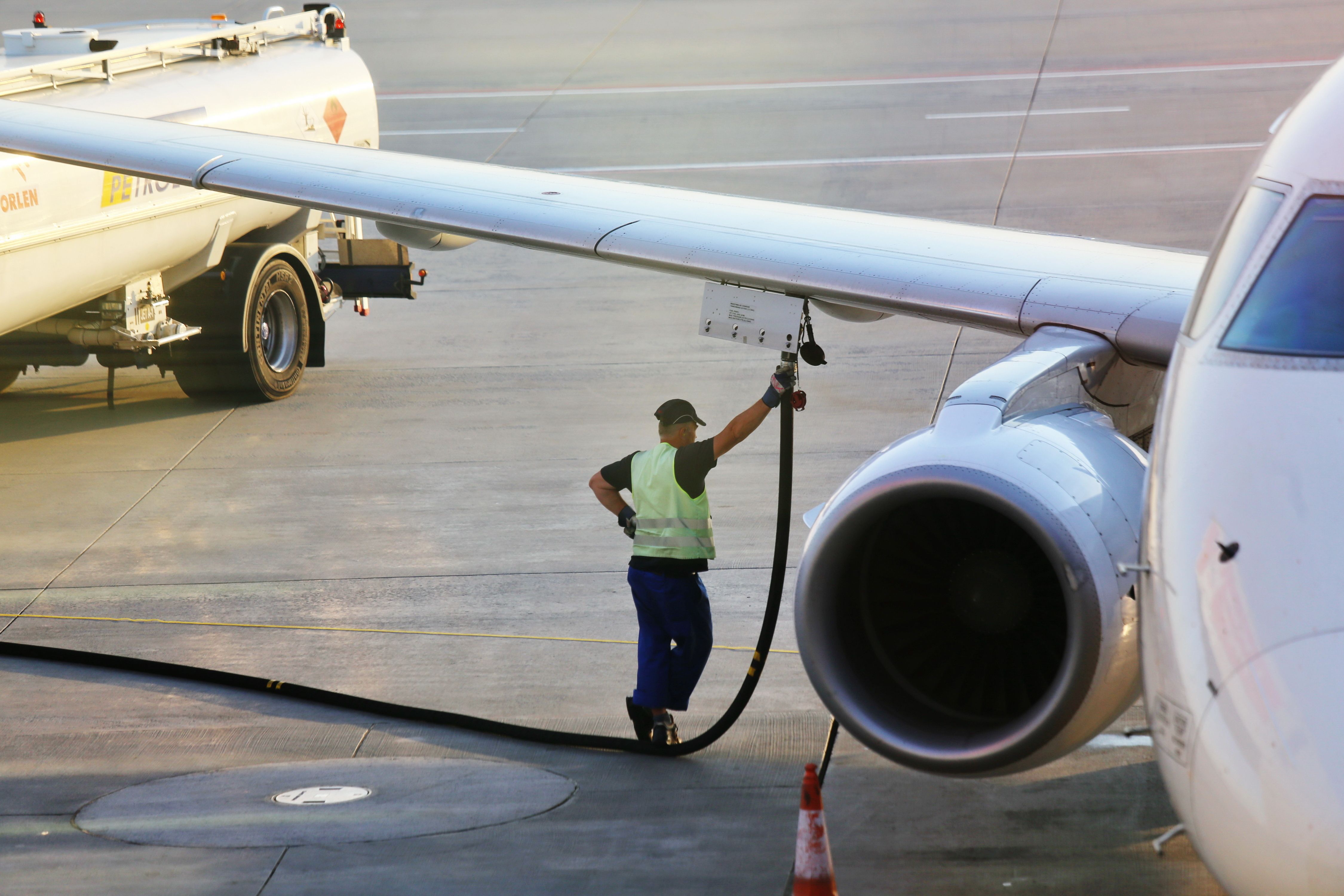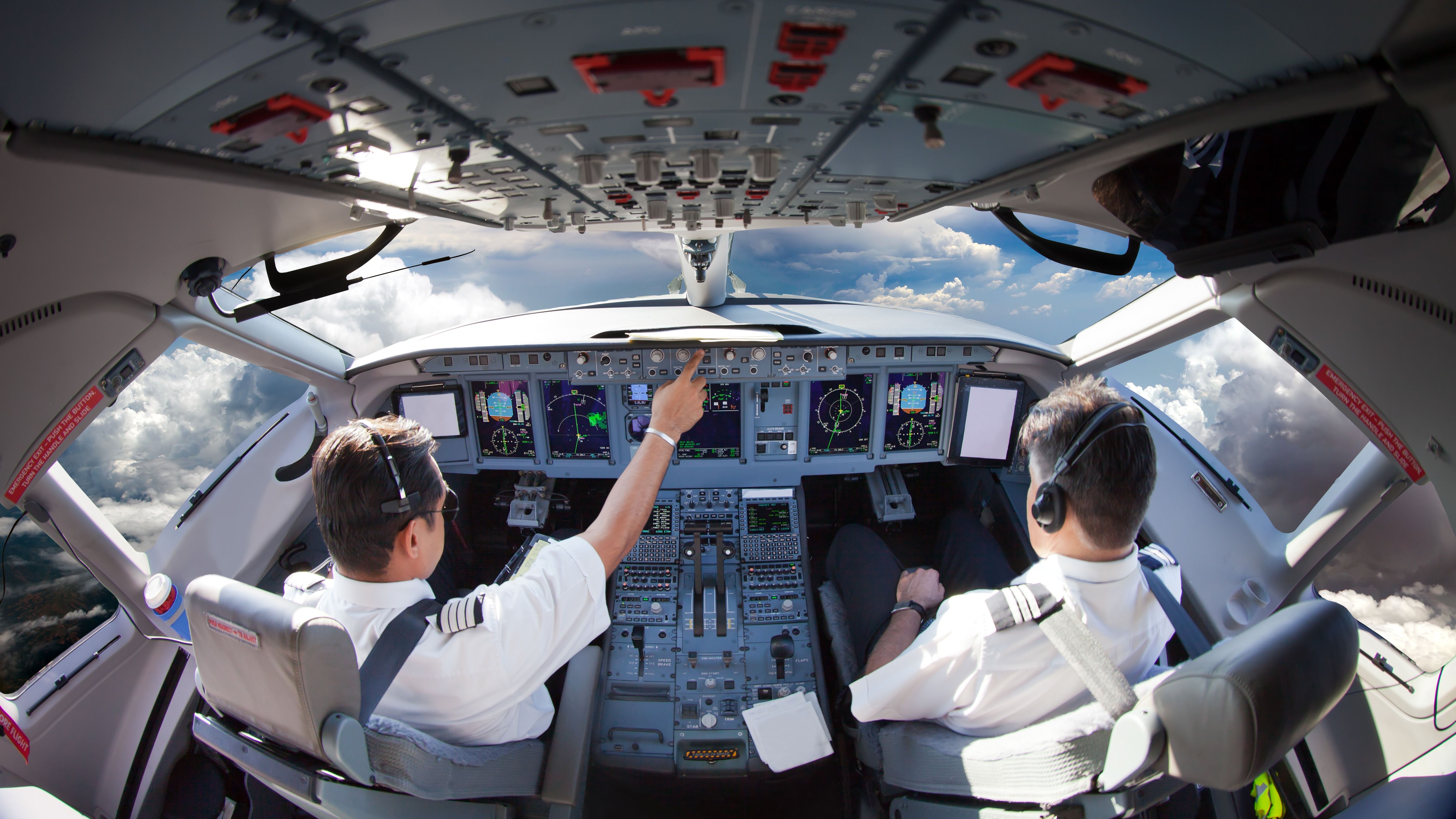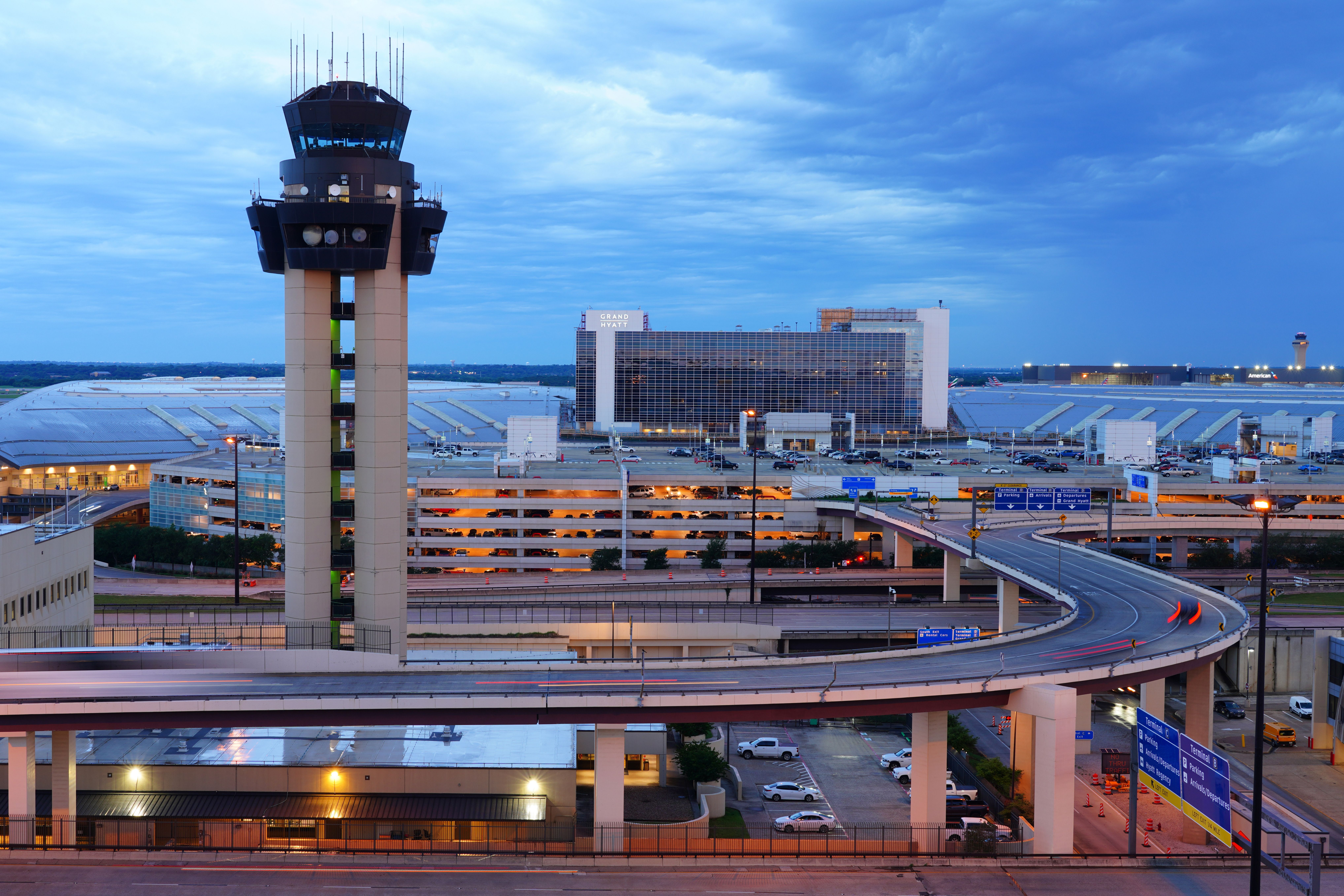Running an airline is no easy business, and dozens of financial considerations must come into play for the management team at a major airline. We at Simple Flying have extensively discussed how airlines historically operate on wafer-thin profit margins, and how the difference between a bankrupt airline and a profitable one is often a carrier’s ability to manage its complex cost structure. While every carrier has its own unique operational model, some operational expenses are shared between every single airline, whether it be the most cost-conscious budget airline
or a legacy carrier known for offering premium services.
The capital expenses associated with operating an airline are immense, as the cost of acquiring new aircraft is typically in the millions. Furthermore, building the appropriate hub infrastructure and maintenance network to support commercial services is extremely cost-intensive and stands as one of the principal reasons that the airline industry has such high barriers to entry.
Photo: Ronen Fefer | Shutterstock
However, airlines typically do not need to maintain high capital expenses throughout their existence, with fixed costs remaining roughly stable over time. Once an airline has built a maintenance hangar or purchased aircraft, they do not usually need to sink as much money into maintaining it, meaning that high one-time capital investments are a major piece of the airline’s financial puzzle.
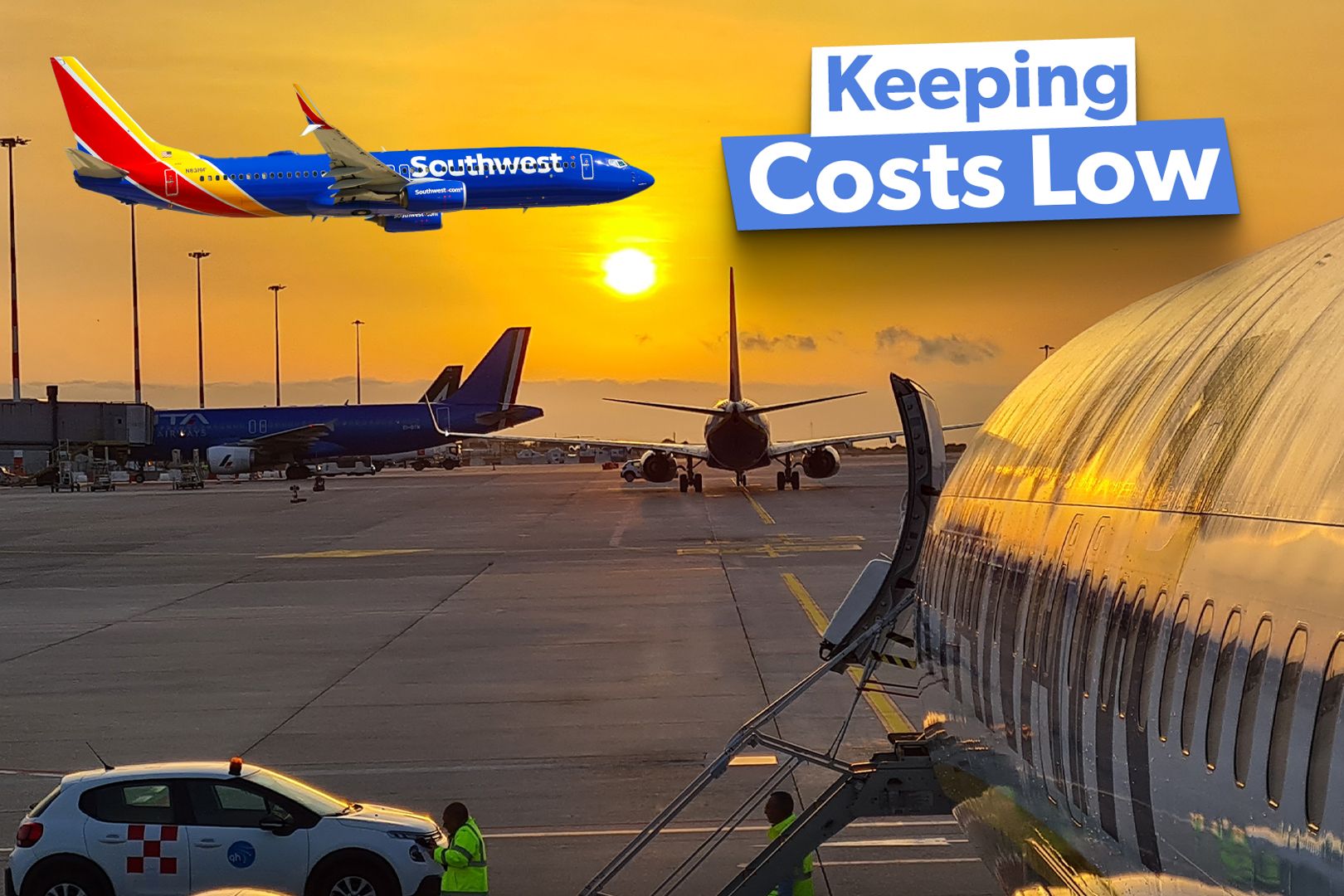
Related
Cheap & Cheerful: Here’s How Budget Airlines Keep Their Costs So Low
From having quick turnaround times to staff optimization, there’s a lot of method into keeping costs low at budget airlines.
Operating expenses are the more dynamic piece of an airline’s cost question
While capital expenses are undoubtedly a major piece of airline profitability, operating expenses are typically far more subject to the day-to-day fluctuations in the business cycle. Throughout the year, an airline may be forced to shift how many pilots they have on staff, how much fuel they purchase, or how they market tickets, all major pieces of the carrier’s operational puzzle.
Photo: Wenjie Zheng | Shutterstock
But just what portion of an airline’s operating costs are attributed to each of these specific factors? While it is widely known that fuel is the largest expense that airlines typically have, the specific portion of overall operating expenses that fuel accounts for changes based on the annual shifts in global energy prices.
Furthermore, several different variables make up a significant piece of an airline’s day-to-day costs that you may not even be aware of. Let’s take a deeper look at the interesting world of airline operational expenses, and examine which different factors contribute to the largest percentage of airline costs.
Fuel is number one…..and no one should be surprised
An unavoidable cost that every airline must grapple with, fuel is, unsurprisingly, airlines’ largest expense. Depending on the year (as fuel prices fluctuate over time), fuel accounts for somewhere between 20% and 30% of airline operational expenses, according to an analysis from Statista.
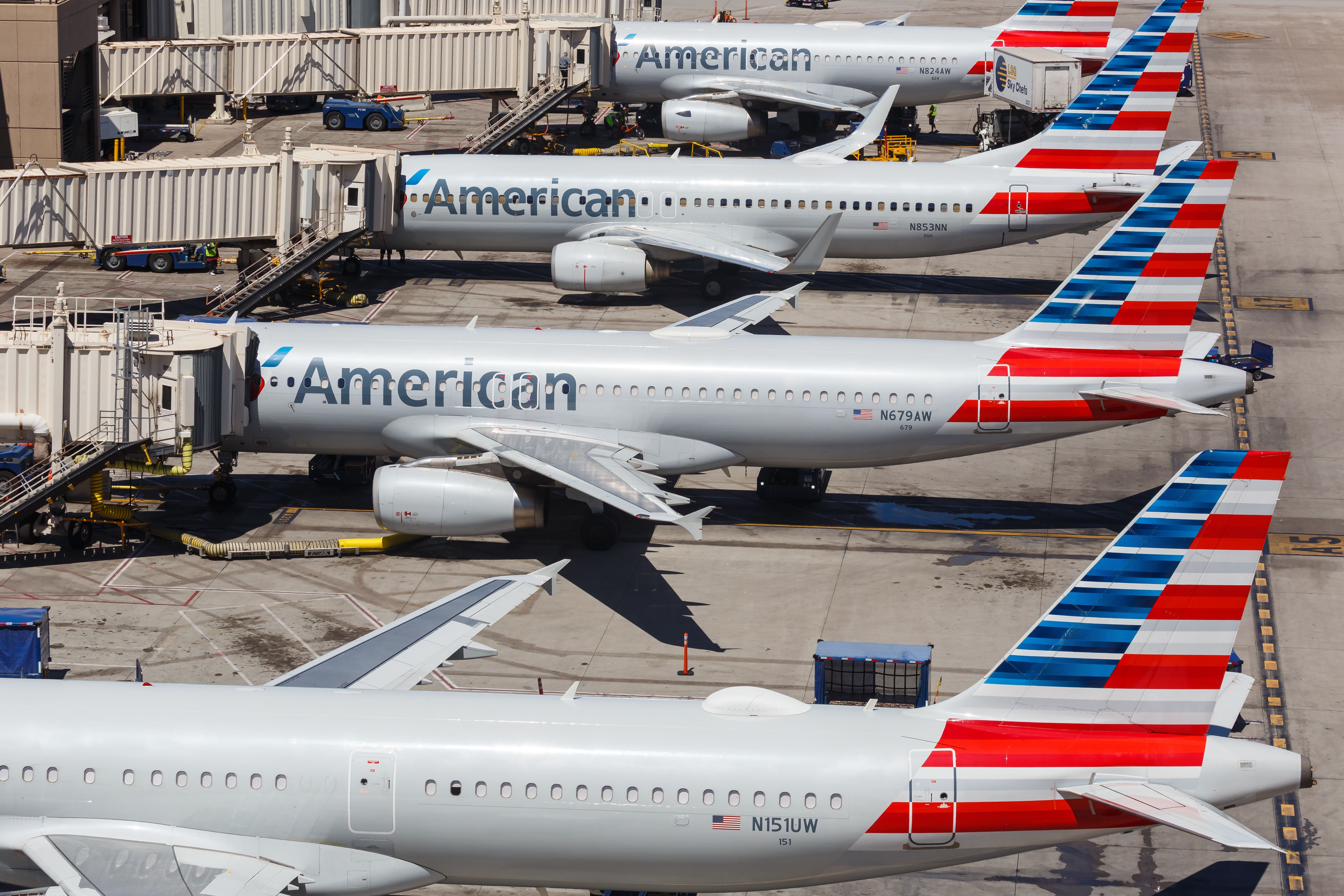
Related
Jet Fuel Prices In The United States Dropped By 8.1% In May
A summary of fuel consumption, prices, and expenditure of airlines within the US.
For airlines with limited resources, fuel is pretty much a given expense, as carriers have relatively limited control over the price they pay for jet fuel, and they are subject to the forces of global energy markets. For carriers with deeper pockets, however, there are some ways to make sure that operational costs from fuel remain low.
Photo: MikeDotta | Shutterstock
Airlines can sometimes have aces up their sleeves
Carriers can choose to partake in the practice of fuel hedging, in which they buy large amounts of fuel in advance when prices are low, seeking to use the fuel during times of higher prices. Some carriers have even gone further, with Delta Air Lines, for example, going so far as to acquire a fuel refinery back in 2020, according to The New York Times.
The remaining costs that airlines face
Airlines’ second-largest operational expense is typically cited as labor, which involves all the costs associated with hiring, retaining, and training staff. According to Volodymyr Bolitkach’s 2021 book The Economics of Airline, this typically accounts for around a third of airline operational costs.
Photo: Skycolors | Shutterstock
Carriers typically have to negotiate staff salaries well in advance, making this one of the more rigid operational expenses. Over time, however, airlines have reduced the portion of their costs attributed to labor by increasing the level of automation in many tasks. Furthermore, some low-cost carriers even hire their workers on a contract basis, allowing them to skirt providing them the benefits of employees.
Airlines face several additional operational expenses. Some details can be seen in the following table:
|
Cost category: |
Approximate percentage of overall operating expenses: |
|---|---|
|
Aircraft ownership and maintenance costs: |
20% |
|
Airport and navigation costs: |
8% |
|
Total distribution costs: |
6% |
|
Passenger service costs: |
5% |
The largest of the expenses in this table is the costs associated with ownership and maintenance. Some carriers also convert the initial purchase of an aircraft, which is typically a capital expense, into an operating expense through short-term aircraft leasing schemes.
Photo: EQRoy | Shutterstock
Airport and navigation costs involve all the fees associated with serving airports and flying routes. These include takeoff, landing, and gate fees which are paid to individual airports as well as air traffic control fees which are paid while in the air to the appropriate authorities.
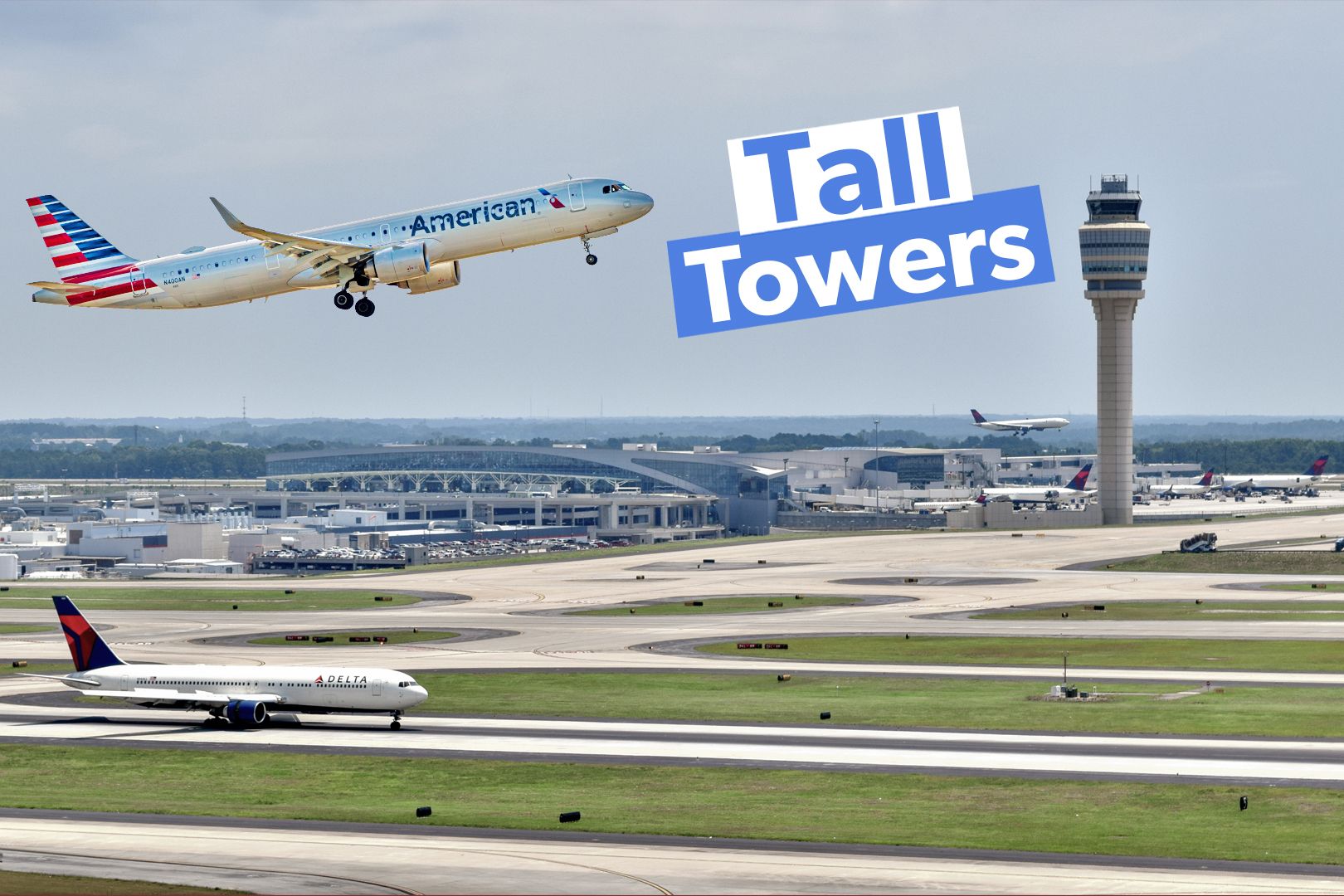
Related
Which US Airports Have The Tallest Air Traffic Control Towers?
A guide to the US’ highest ATC facilities.
The last two costs are relatively minor. Distribution costs consist of fees and royalties paid by airlines to travel agents and third-party booking platforms for passenger bookings and vary significantly by region. The final costs, passenger service costs, involve all the fees related to providing select services onboard and inside the airport, which can include meal services or gate-to-gate transfers.

